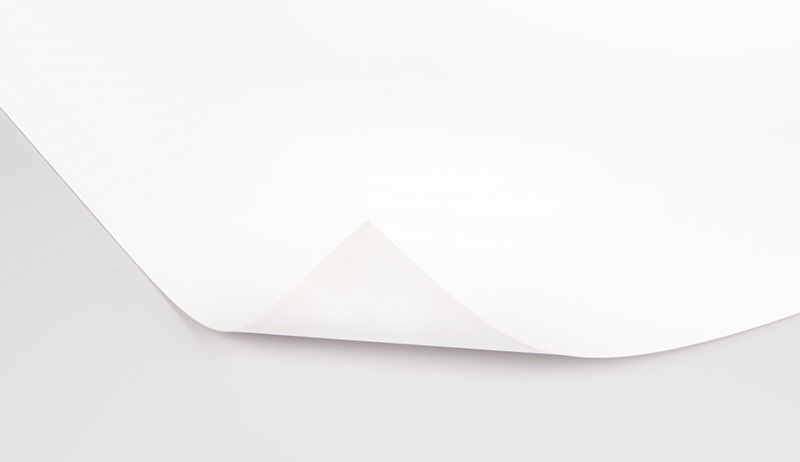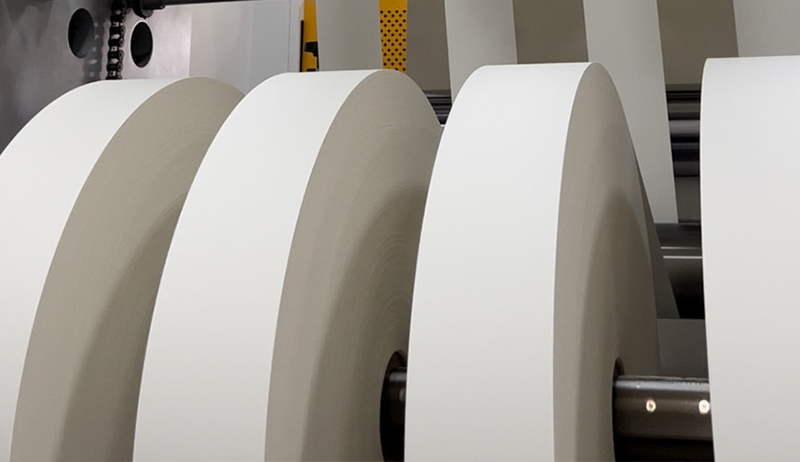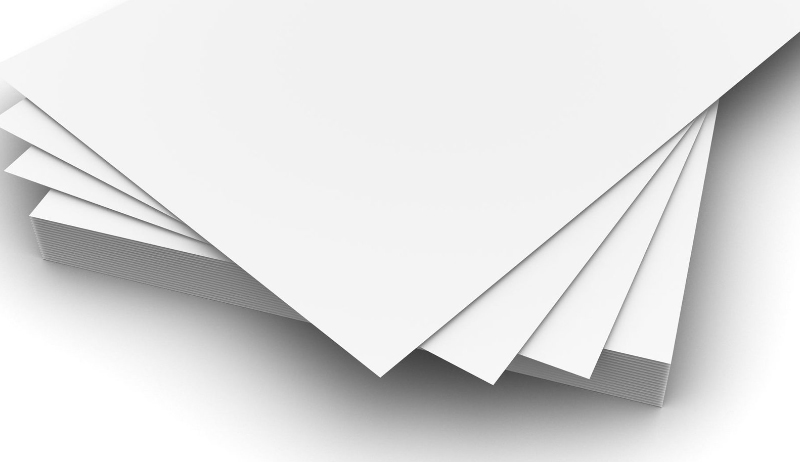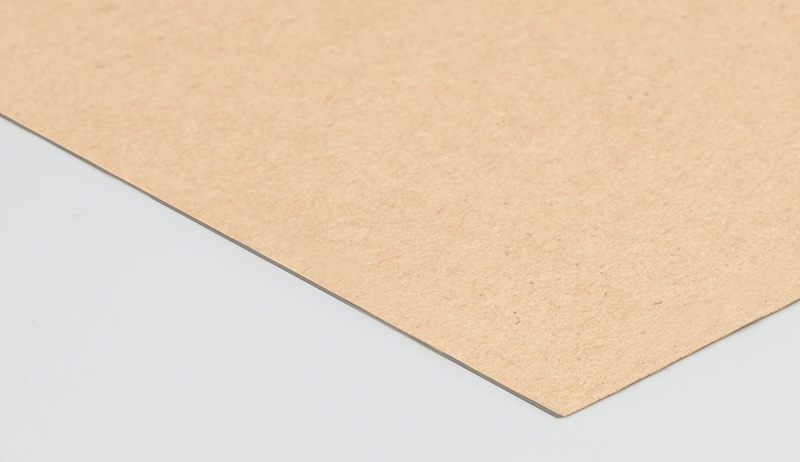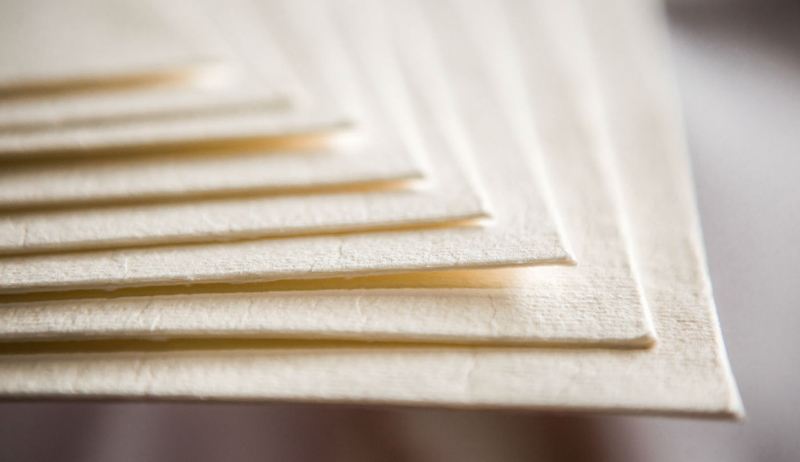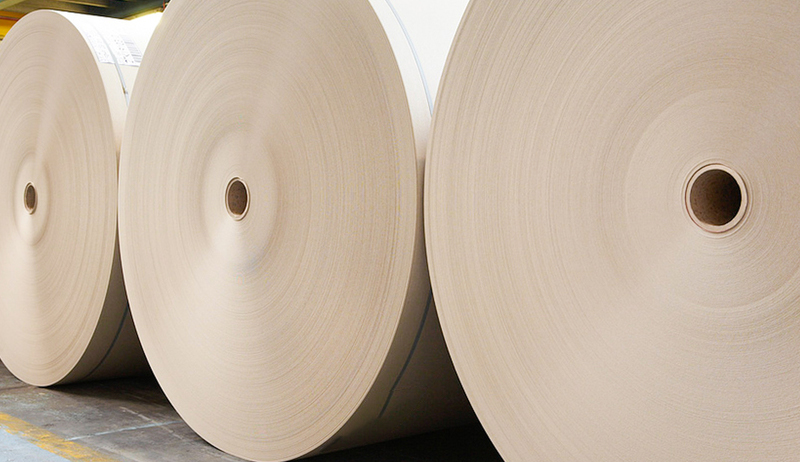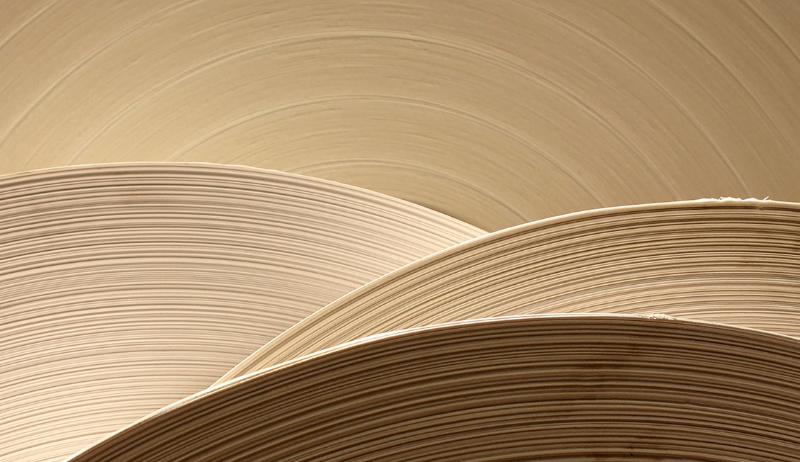Diversification trend of functional requirements for kraft paperboard and manufacturers' response strategies
1. Growing demand for moisture and water resistance
As the requirements for moisture-proof and waterproof performance of packaging materials in industries such as food, electronic products, and cosmetics increase, kraft paperboard is increasingly used in this field. Although traditional kraft paperboard has a certain degree of natural moisture resistance, its performance is often limited when faced with high humidity environments or direct contact with liquids. The development of kraft paperboard with high efficiency moisture-proof and waterproof functions has become a major trend in the industry. Manufacturers have significantly improved the moisture-proof and waterproof properties of kraft paperboard through technical means such as surface coating treatment, adding waterproof agents or adopting multi-layer composite structures, meeting the high requirements of different industries for the protectiveness of packaging materials.
2. Tear resistance and strength improvement
During logistics and transportation, the tear resistance and strength of packaging materials are directly related to product safety. Consumers and businesses are increasingly inclined to choose packaging materials that can withstand greater external forces without being easily damaged. Kraft paperboard has good strength and toughness due to its natural fiber structure. However, in order to meet higher standards of transportation, manufacturers optimize the fiber ratio, increase the number of paperboard layers, and use special processing (such as embossing) to improve the strength and toughness of the paperboard. , calendering) and other methods further enhance the tear resistance and overall strength of the kraft paperboard, ensuring the safety of the product during long-distance transportation.
3. Diversification of printing and decorative effects
As consumers’ aesthetic requirements for product appearance increase, the printing and decorative effects of kraft paperboard have also become important considerations. From simple monochrome printing to complex full-color printing, from lithography to gravure and flexographic printing, and then to the digital printing technology that has emerged in recent years, the printing process of kraft paperboard has been continuously upgraded, providing a rich visual expression space for brands. . The application of decorative techniques such as hot stamping, embossing, and UV glazing makes kraft paperboard packaging more visually attractive, enhancing the added value and market competitiveness of the product.
4. Continuous pursuit of environmental protection and biodegradability
As environmental awareness grows, consumers are particularly concerned about the environmental properties of kraft paperboard. In addition to basic recyclability, consumers also want packaging materials to degrade quickly after use to reduce the impact on the environment. Therefore, while maintaining the original environmental advantages of kraft paperboard, manufacturers continue to explore more environmentally friendly production processes and material alternatives, such as using recycled fibers and bio-based additives, to reduce carbon emissions and resource consumption during the production process. Ensure the biodegradability of the product.
5. Intelligence and functional integration
With the development of Internet of Things technology, consumers' demand for intelligent packaging materials is also growing. As a packaging material, kraft paperboard has also begun to incorporate intelligent elements, such as RFID tags, QR code traceability systems, temperature sensing tags, etc. The application of these technologies not only improves the interactivity of packaging, but also provides brands with more opportunities to interact with consumers. opportunities and enhance consumers' shopping experience. Some special functional kraft paperboards, such as packaging materials with antibacterial, anti-mildew and fresh-keeping functions, have also begun to be used in food, medicine and other fields, meeting the special requirements of specific industries for the functionality of packaging materials.
6. Manufacturers’ response strategies
Faced with the diversification of consumers' functional needs, kraft paperboard manufacturers need to adopt flexible and diverse production strategies. On the one hand, we will increase investment in research and development, continuously introduce new technologies and new materials, and enhance the technical content and added value of our products; on the other hand, we will strengthen communication and cooperation with customers, gain a deep understanding of market demand, provide customized solutions, and meet customer needs. personalized needs. Focus on brand building and market promotion, enhance brand awareness and influence by participating in industry exhibitions, holding technical exchange meetings, etc., and attract more attention from potential customers.
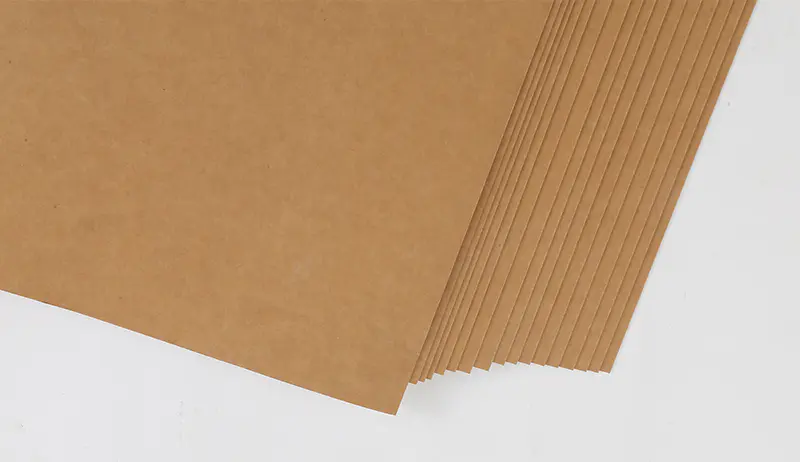


 English
English Español
Español

